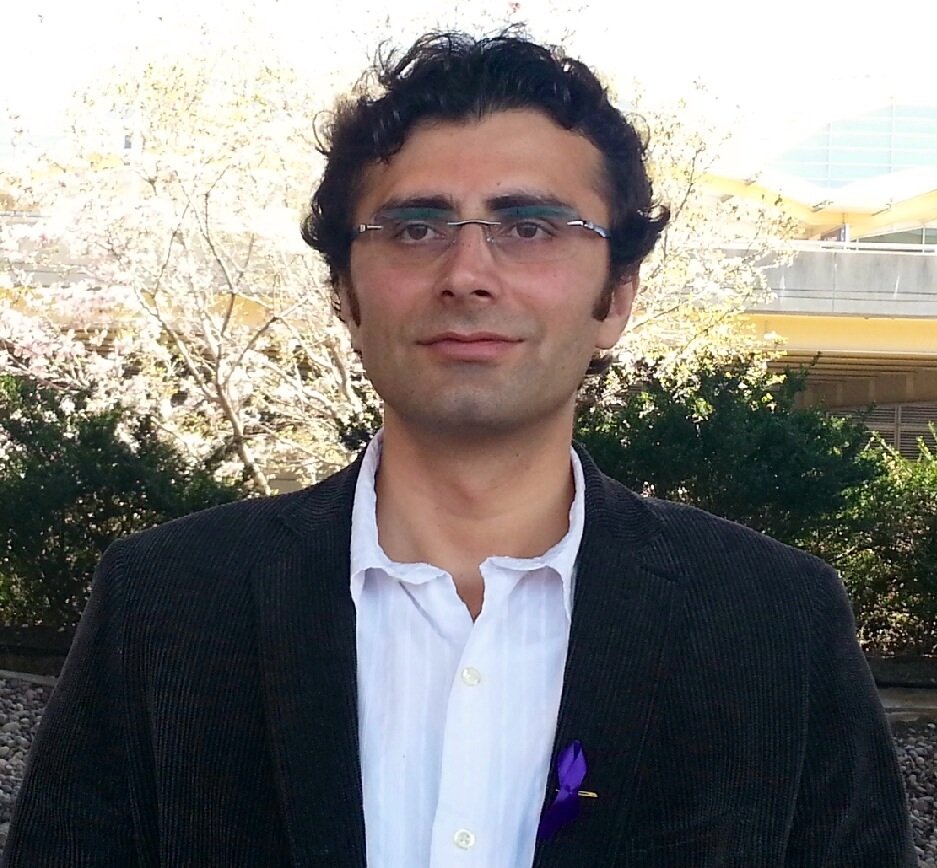Today
I am going to discuss about an innovative thinking to solve a biological
mystery when it comes to treating Cancers. One of my colleague and fellow
student at Jawaharlal Nehru University, New Delhi, Dr
Pankaj Singh, has come up with a landmark hypothesis to explain the
resistance in some patients against a chemotherapy drug called Gemcitabine.
Dr Singh is one of the 14 scientists from the USA,
who has recently won a $200,000 grant from the Pancreatic Cancer Action Network to
work on his hypothesis.
Dr Singh, an Associate Professor at the Eppley
Institute for Research in Cancer and Allied Diseases at University of Nebraska
Medical Center, proposed that the cancer cells may be naturally producing a
chemical, which competes with the drug Gemcitabine and leaves it ineffective.
Gemcitabine is an analog of one of the building
blocks of DNA, cytidine. When inside the cell, the drug replaces the natural
molecule cytidine in DNA and stops the DNA synthesis. In this way the cancer
cells stop dividing and finally die.
A
report of American Cancer Society's
annual statistical report in 2009 attributed Cancer as the number one
killer in America, surpassing the deaths due to heart diseases.
Among
various types of cancers, pancreatic cancer is on rise. It is currently at
fourth place in cancer related deaths, but poised to become second leading
cause of cancer related death very soon, behind only to lung cancer, the number
one cancer killer.
Unlike other cancers, the survival rate of
pancreatic cancer patient is only 6 percent in the next five years
post-diagnosis. Three out of four newly diagnosed patients die within a year of
diagnosis. There are many famous
victims of this disease.
The mean life span of a diagnosed person is at
most six months. The reason for poor prognosis of pancreatic cancer is that the
prospective patient remains symptom free leading to late diagnosis, and by the
time the disease is diagnosed; in most cases it is already metastasized.
The disease is treated based on stage and
location of the tumor and patients age. The tumor can be surgically removed at
early stage. The most effective drug at the later stages is a chemotherapy drug
called Gemcitabine, which is also used for treating cancers of lung, bladder
and breast.
Unfortunately, many pancreatic cancer patients
develop resistance to this drug.
The reason for developing the resistance has been
troubling scientists, until Dr Pankaj Singh came up with his hypothesis. He
thinks that it has to do with the way the cancer cells metabolize their sugars.
As per Dr Singh’s theory, pancreatic cancer cells
make a lot of natural cytidine molecule themselves which outcompete the
Gemcitabine leaving it useless as a chemotherapeutic drug. Further, he thinks
that cancer cells burn the glucose, the main energy source for cells, at a
higher rate.
The process of glucose break down in cells called
glycolysis, and excessive glycolysis combined with lack of oxygen, common in
tumor microenvironment, produces a lot of lactate. If you have felt muscle pain
after strenuous exercise, it is because of lactate accumulation in the muscle.
Dr Singh is also working to find if the increased lactate production due to
increased glucose utilization by cancer cells is linked with the resistance to
Gemcitabine.
By working on his innovative theories, Dr Singh
is aiming to find a metabolic diagnostic biomarker that will help in deciding
whether a patient will benefit from chemotherapy using this drug.
Since most of the patients have very little time
left after diagnosis, this will help patients with targeted treatment and save
many others from highly toxic and expensive chemotherapy.

